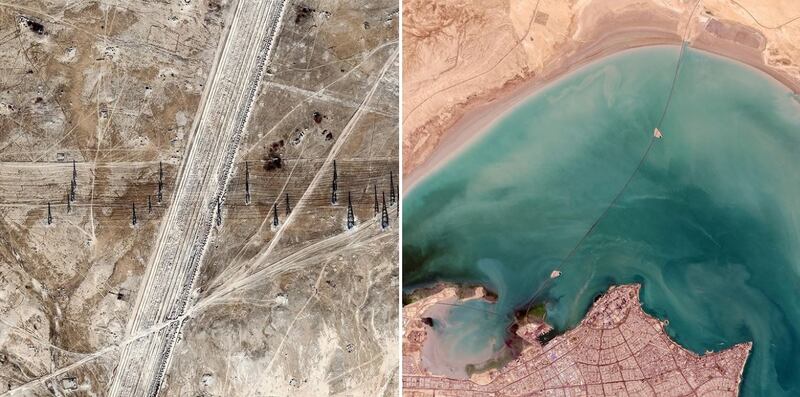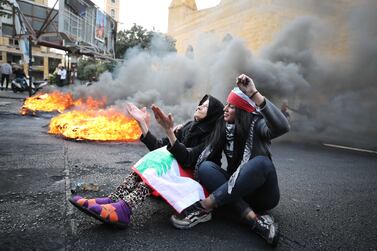After months of delay, the Kuwait Pavilion will open its presentation, Space Wars, at the Venice Architecture Biennale on Sunday.
In response to this year’s biennale theme, How will we live together?, the pavilion examines the idea of the hinterland – spaces that exist outside of the city that have become sites of resource extraction, agriculture and military use.
With the biennale closing on Sunday, November 21, the Kuwaiti Pavilion will have a short run in comparison to the majority of the other pavilions that opened at the start of the event on May 21.
That same month, the pavilion issued an announcement stating that “pandemic-related logistical issues faced by the institution commissioning this project” had affected their plans to join the official opening.
Instead, the pavilion opted for “a different course”, seeking to find a “negotiating space” for the late summer. “We hope to be able to … share with you the results of our long efforts, which lasted over a year and a half,” a statement said.
This month, curators Asaiel Al Saeed, Aseel AlYaqoub, Saphiya Abu Al-Maati and Yousef Awaad Hussein will finally be able to showcase their project at the Artiglierie, part of the Arsenale in Venice.
Commissioned by Zahra Ali Baba, National Council for Culture Arts and Letters, the pavilion will include projections showing archival footage, satellite imagery and architectural proposals relating to Kuwait City’s various outskirts.
This year is a significant one for Kuwait. It marks 70 years since the first national masterplan for the oil state and marks the 30th anniversary of the First Gulf War, which was also known as the “First Space War”.
“As we absorb the year and the milestone it represents, new development plans are set that inform the expansion beyond the metropolitan – ultimately converging with the hinterland,” the pavilion’s curatorial note stated.
Growing urbanism and an expanding city put the status of these once-distant areas in question, and curators suggest that this will “inevitably lead to ‘space wars’ that compete for survival”.
The pavilion features more than 20 collaborators and contributors across several fields of study and research, including educational organisation Atlas of Places, architecture collective Formlessfinder, artists Ayesha Kamal Khan and Dani Ploeger, researchers Sijal Collective and Reem Alissa, and Kuwaiti Lt Gen Abdulaziz Al Jassim.
An accompanying publication will also be available at the pavilion for the opening and the duration of the exhibition.







